-
Insulation Removal
General Insulation Removal
Quite often old insulation needs to be removed before new insulation is laid. Some types of insulation can absorb moisture and cause structural damage to your home or it can be in such a condition that it doesn’t allow for new insulation to be installed properly. It can be a time-consuming and painful job to remove this insulation without the right equipment.
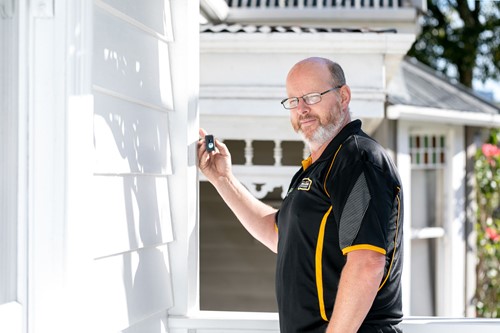
All work Including insulation removal is accurately measured and quoted in advance.
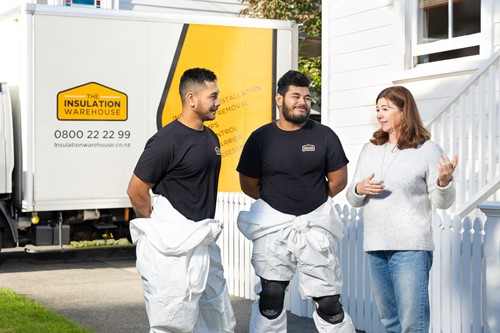
Our team members, and brothers, Lucks and Kalito meeting a customer prior to completing a vacuum extraction job.
Insulation types that may need removal:
- Macerated paper insulation that is damp or badly soiled
- Polystyrene in board or chip form as it can damage electrical cabling
- Older glass wool (fibreglass) products which may be damaged, wet or dirty.
- Damaged insulation
- Products blown in which may be damaged, wet or dirty.
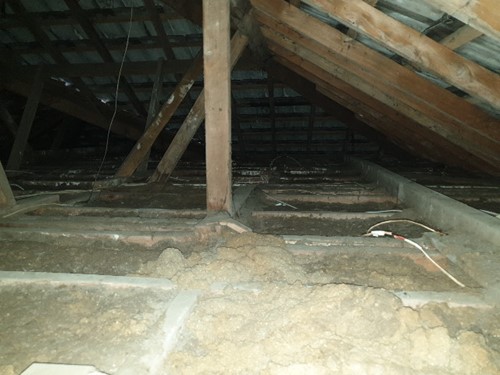
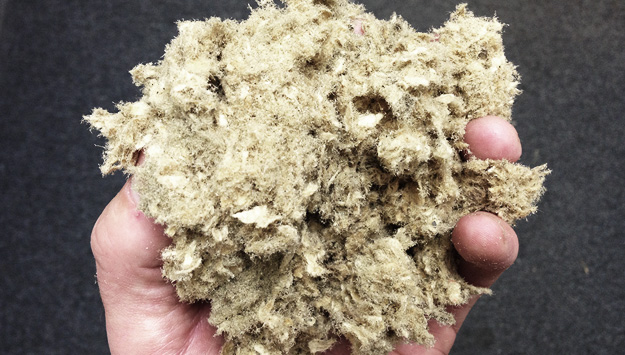
The Insulation Warehouse has a state of the art vacuum system to remove loose fill insulation.
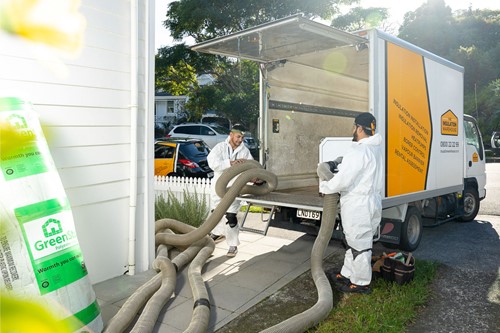
Our machine extracts all of the material from the attic space via a large hose and into the 200 litre vacuum bags.
This creates very little dust during extraction and materials are collected in special bags for disposal.
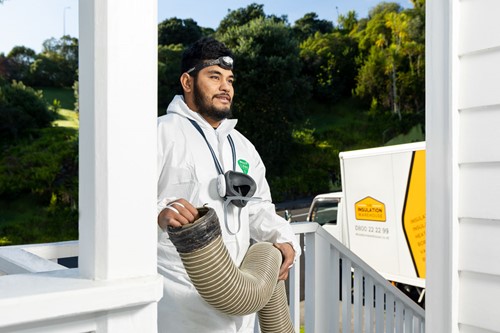
Other forms of insulation are removed by hand.
Our Insulation removal service is well suited for builders and owners who are doing renovations and want the old insulation removed prior to removing the ceiling (and getting covered in old insulation)
To find out more and to book a quote give us a call on 09 6368409 or drop us a note online and let’s get you warm for winter!
Create maximum airflow through your sub floor
Before new insulation is installed the moisture level in the sub floor timber must be brought down to 20% or less otherwise moisture is trapped causing long term issues. If you can do so safely, open up access hatches and any side panels of your sub floor to create as much air flow as possible. If you are not able to do this yourself seek advice from a professional.
Install new insulation
Once the sub floor timbers are at 20% or less moisture content you can have new insulation installed.
If you have a ground moisture barrier in place they can typically be left in place. Examples we are seeing have drain to a point that they are dry and they are now doing their job keeping ground moisture out of the house. There will be exceptions where they are damaged or badly contaminated.
There is no doubt that this is only one part of the damage that will have occurred. I have focused on the subfloor area as it may not be an area that is top of mind for everyone. If anyone needs any other advice relating to insulation and Ground Moisture Barriers damaged in the flooding please don't hesitate to ask.
Auckland Anniversary Weekend Flooding
Our thoughts go out to anyone that is having to deal with the aftermath of the Anniversary Weekend floods through Auckland and the upper North Island.
If your sub floor has flooded up to, and including, the underfloor insulation and flooring timbers:
Safely remove insulation and give timber floorboards and Joists time to dry
It's really important that the wet insulation is removed to enable the flooring to dry out as quickly as possible, minimizing swelling, mould, and other long term damage.
We are seeing examples of significant timber swelling and moisture levels in the timber off the scale of our meter (over 44%).
Flood images showing moisture reading over 44%, mould on underside of flooring, and flood debris in subfloor
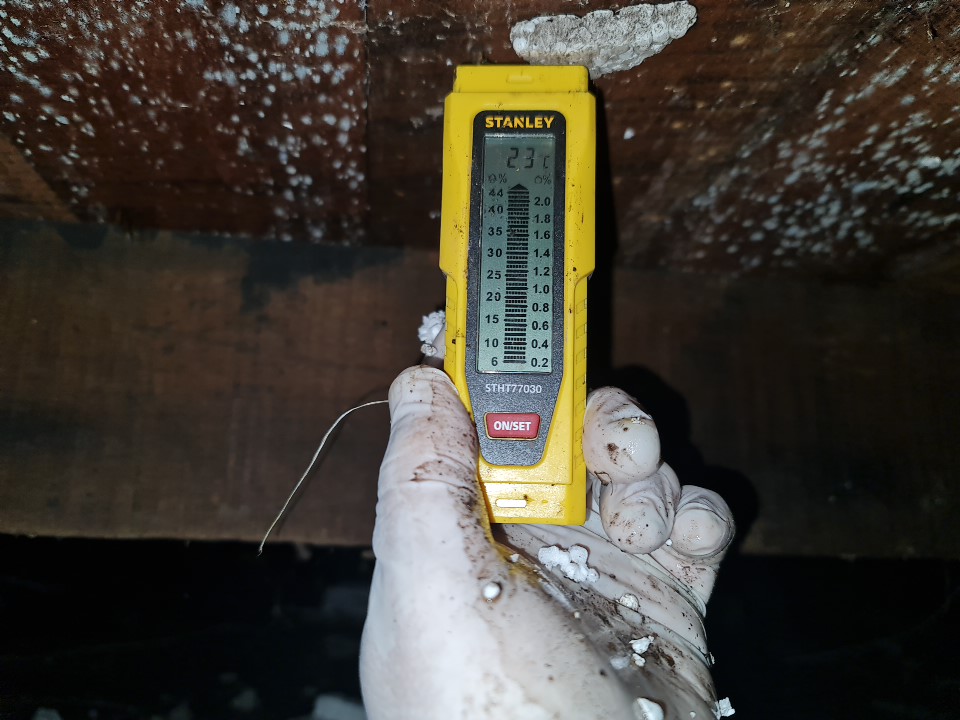
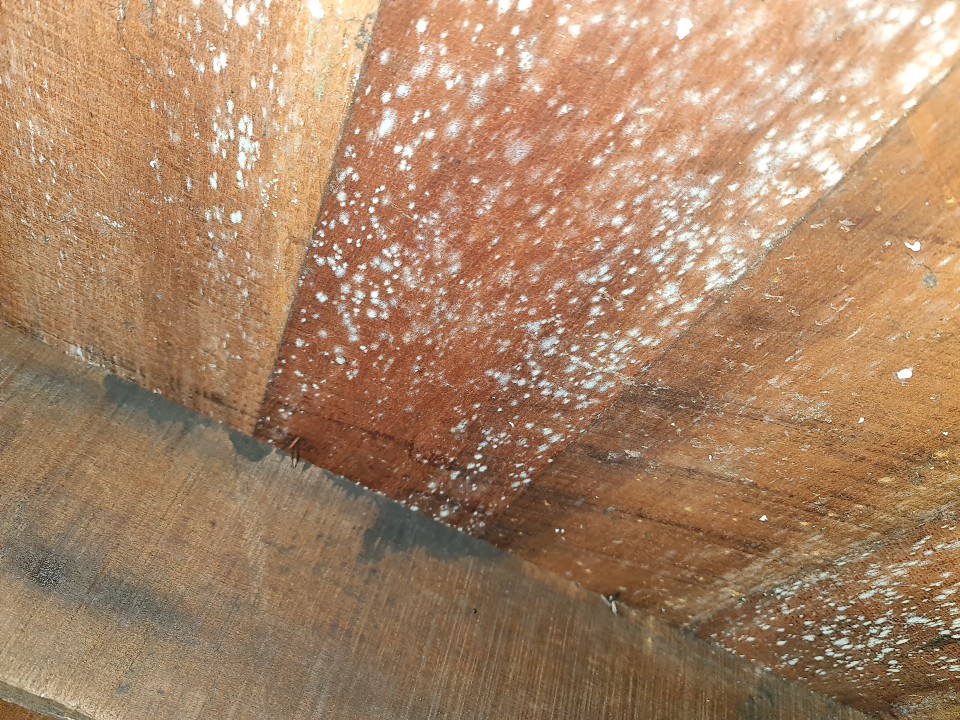
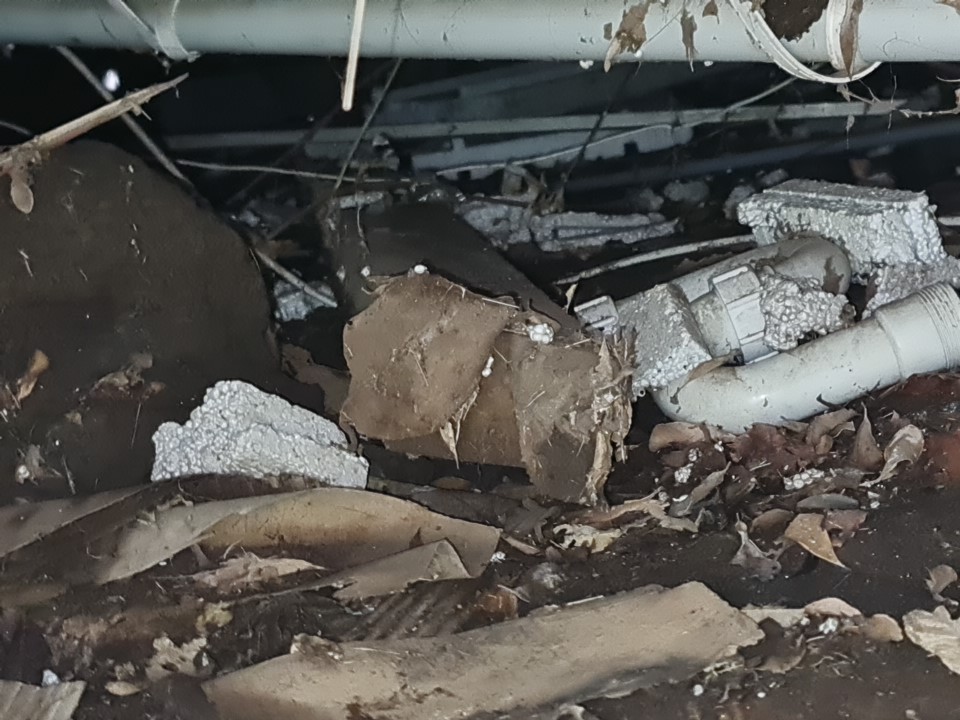
Insulation damaged and saturated during Anniversary weekend flooding.
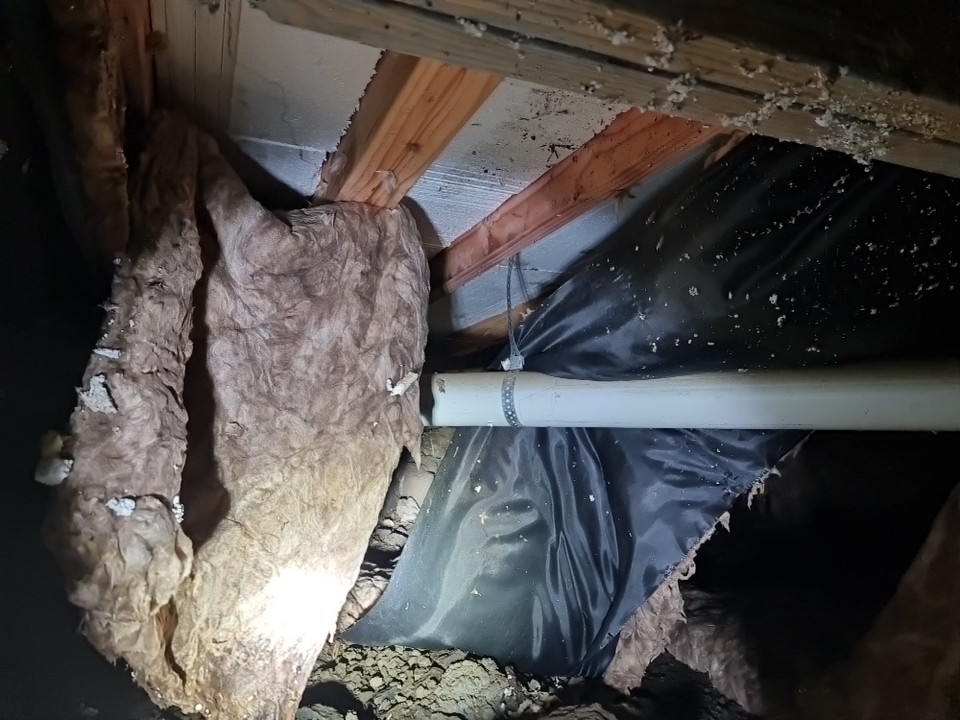
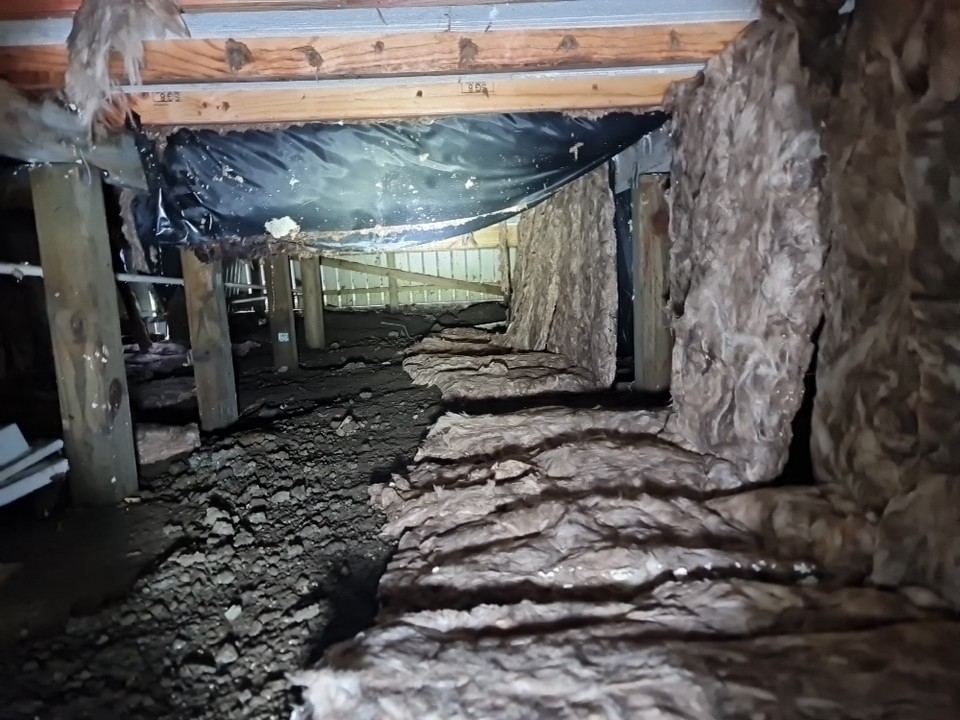
How can we help?
At The Insulation Warehouse we have set up specific services to help flood affected families.
- Site assessment and moisture checks to determine if your home is affected
- Remove and dispose of water damaged underfloor insulation
- Monitor moisture levels until they are at 20% or less
- Install new insulation once moisture levels are at 20% or less
- We provide site assessments and quotes for your insurance company as well
If you would like to complete an online contact form for us to contact please scroll to the bottom of this page. -
Our Reviews
-
Request A Quotation

Please Wait...
